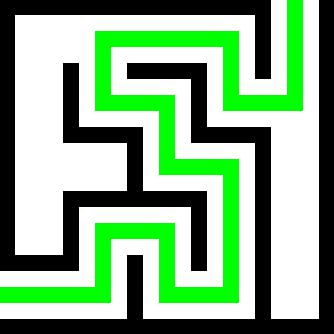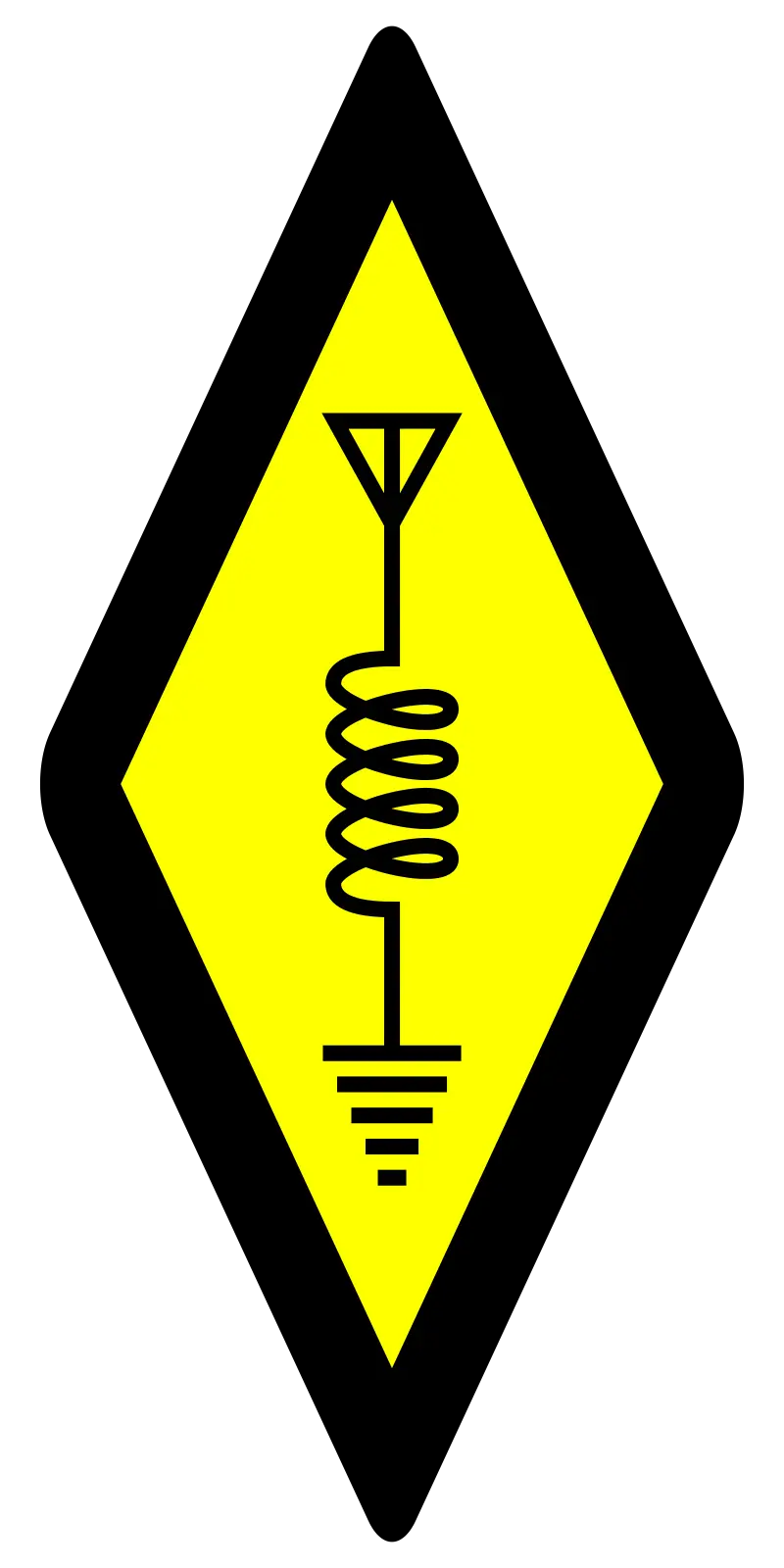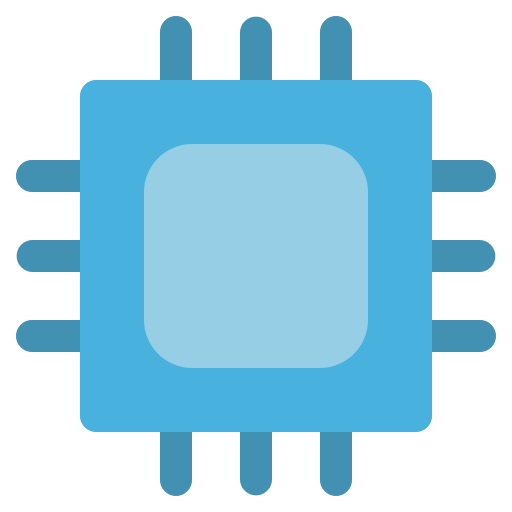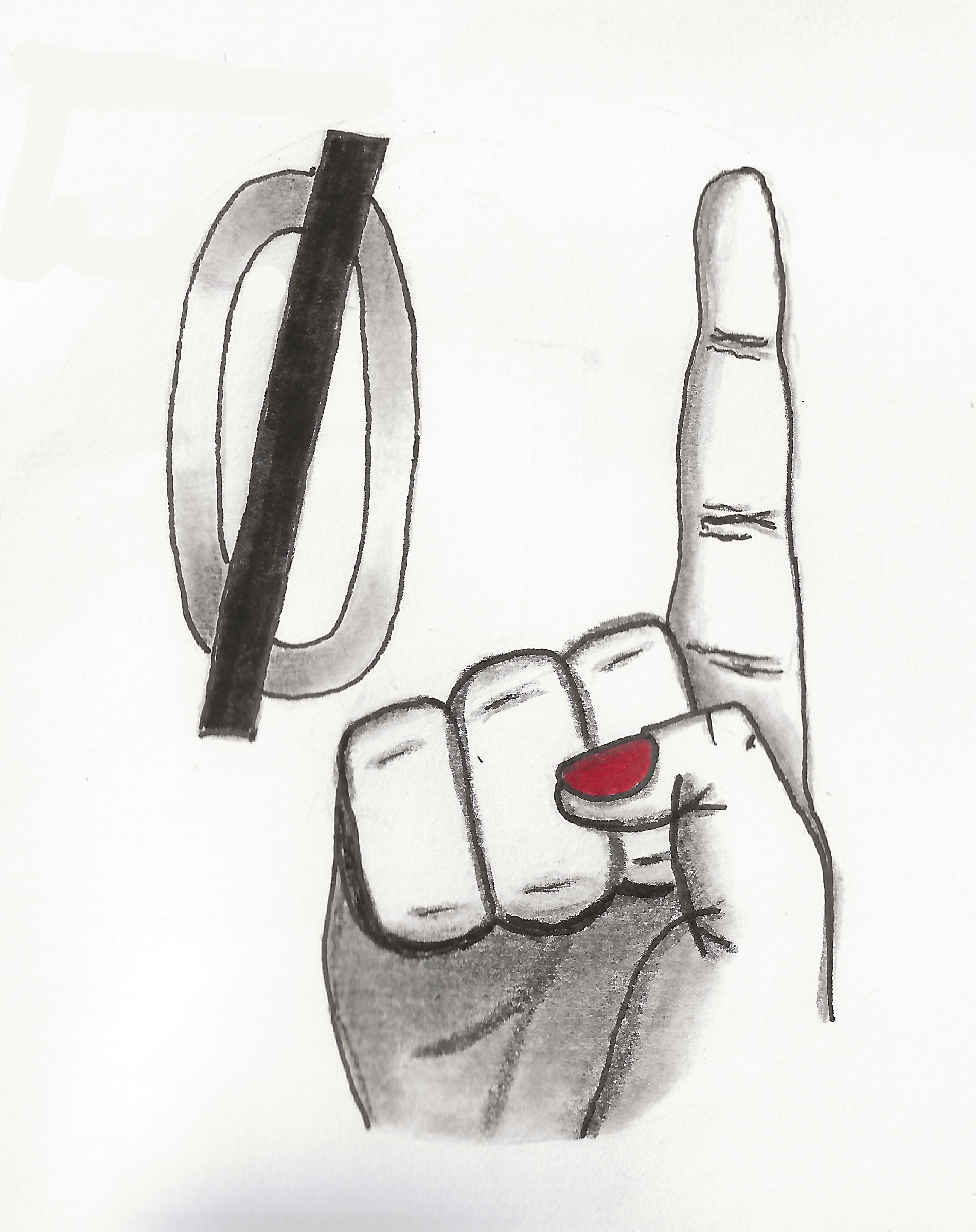Onno (VK6FLAB)
Anything and everything Amateur Radio and beyond. Heavily into Open Source and SDR, working on a multi band monitor and transmitter.
#geek #nerd #hamradio VK6FLAB #podcaster #australia #ITProfessional #voiceover #opentowork
- 168 Posts
- 360 Comments

 11·9 days ago
11·9 days agoLook at tailscale.

 56·9 days ago
56·9 days agoSo … now we have plausible gibberish … also known as Autocorrect on Steroids … that includes corporate sponsorship… seems like we’re moving closer to the true meaning of advertising with every iteration.
Next we’ll be asked to pay for this feature … oh wait.
I can’t wait until the Assumed Intelligence bubble finally bursts and takes with it some of the largest companies in the world … perhaps this is how we finally address climate change.

 54·9 days ago
54·9 days agoSo the net of obligation, ownership and mutually assured destruction continues to tighten?
At some point this is going to explode … right?

 2·12 days ago
2·12 days agoAm Dinky-Di Aussie, no wucking furries mate!
We’ll, that’s interesting:
During Newton’s lifetime, two calendars were in use in Europe: the Julian (“Old Style” calendar in Protestant and Orthodox regions, including Britain; and the Gregorian (“New Style”) calendar in Roman Catholic Europe. At Newton’s birth, Gregorian dates were ten days ahead of Julian dates; thus, his birth is recorded as taking place on 25 December 1642 Old Style, but it can be converted to a New Style (modern) date of 4 January 1643. By the time of his death, the difference between the calendars had increased to eleven days. Moreover the civil or legal year in England began on 25 March, therefore the Newton’s death on 20 March was still dated as 1726 O.S. there.

 6·17 days ago
6·17 days agoBecause they’re all copying each other’s homework?
Whilst you might not be able to turn back time, you can stop it:
https://groups.google.com/a/list.nist.gov/g/internet-time-service/c/o0dDDcr1a8I

 10·19 days ago
10·19 days agoBe the change you want to see and review them yourself.

 8·20 days ago
8·20 days ago… and anyone else who should not have access to your data.

 22·20 days ago
22·20 days agoAnd now you know why you should encrypt your data on any cloud provider.
Perhaps we should treat our politicians like athletes and expect a top performance free of doping.

 7·23 days ago
7·23 days agoI’ve been using Linux for 25 years,
awkis a more recent addition to my arsenal, but rapidly becoming more and more useful.For example,
awkis extremely helpful if you want to rearrange columns, do math on columns, essentially do things that would take multiple lines ofbashwithcutandread.
How about drug testing all the politicians every week?

 10·23 days ago
10·23 days agogrep, sed, awk, and find

 66·26 days ago
66·26 days agoI wonder … will it be another case of “Too Big To Fail” … or will it be … “Let The Market Decide”?
I’m guessing the answer depends on how many medals the CEO of Oracle can bestow upon the Orange.
Me … cynical … no … just been here for a while.

 3·27 days ago
3·27 days agoAs it happens, the ABC is already available on DAB+, so in some ways it’s a step backwards 😇

 7·28 days ago
7·28 days agoInteresting. TIL. Thank you.
I did discover this collection of tools that appears to provide code signing by the Linux Foundation project:












Absolutely!
I mentioned it last week.